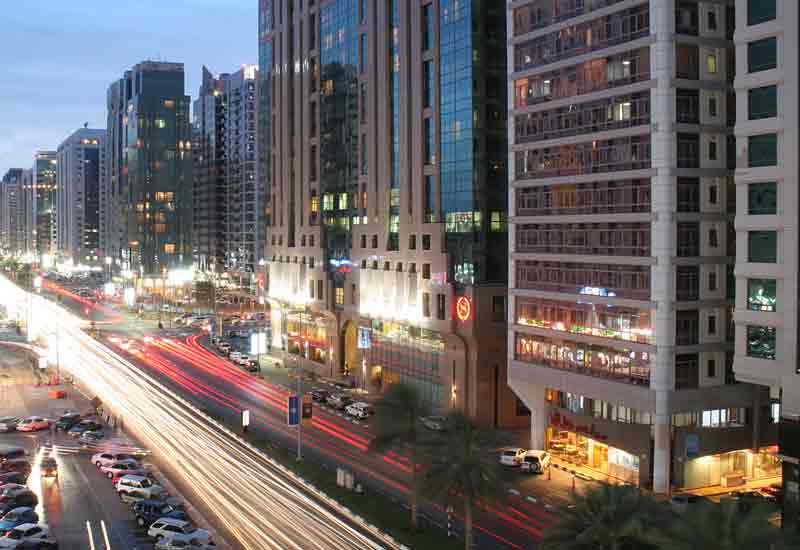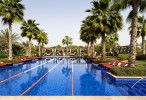Abu Dhabi hotels have endured a difficult first half of the year in 2010, with double digit RevPAR falls in most months up
until June 2010, according to a report released by research company Euromonitor International.
The poor performance was characterised by declining occupancy and average daily room rates, weighting down the UAE's overall tourism performance. Hotels in Abu Dhabi saw RevPAR plummet by 48.5% to US$126 in April 2010, a fourth month of double-digit decline compared to 2009.
Three key markets in the Middle East including Beirut and Riyadh experienced decreases in occupancy rates in April
2010, but Abu Dhabi was the worst hit, dropping 23.4% to 60.7%. Abu Dhabi saw occupancy rates fall 23% to
51.6% again in July 2010, compared to the same month in 2009.
The poor performance by Abu Dhabi's hotels did not mean that tourist arrivals declined, in fact the Emirate
expects growth of 12% by the end of 2010 on the previous year. Rather it is the result of an excess in supply.
Abu Dhabi still has some 14,712 rooms in the total active pipeline and 8,460 rooms in the construction phase
according to STR Global. Among these, the upper upscale segment accounts for the largest portion of rooms in the active pipeline, with 26% while luxury segment makes up 21% or 26,816 rooms.

| Advertisement |
The report said: "While Abu Dhabi's projects struggle to become a reality, hotels will continue to open their doors and will have to fight for a share of the existing travel market. They will need to keep their prices down and therefore ADR will
remain low for months to come. Occupancy will also struggle to recover as well as RevPAR. It will not be an easy job for new outlets to establish a presence in the market, to create awareness and compete effectively in Abu Dhabi. The well established brands like Rotana and Emirates Palace will continue to perform better than new ones."









 Search our database of more than 2,700 industry companies
Search our database of more than 2,700 industry companies









